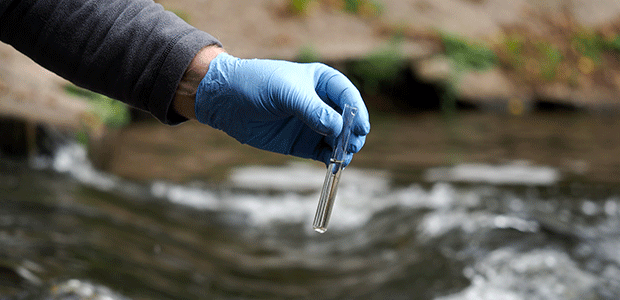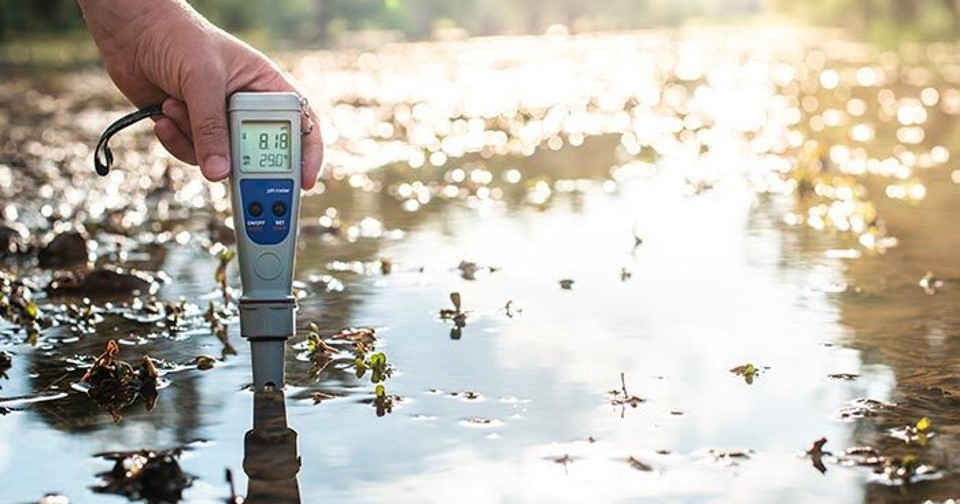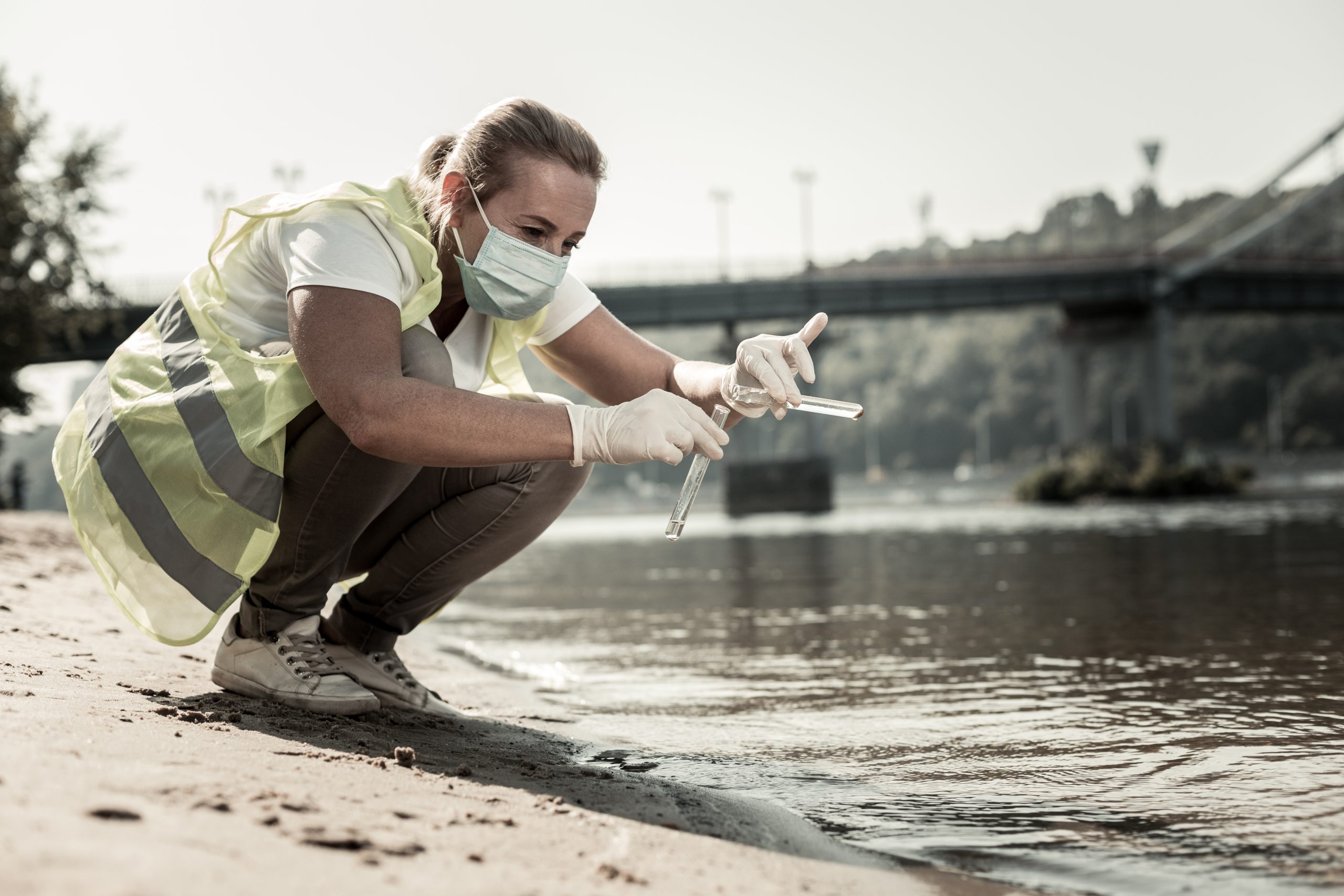TMDL Explained: Crafting Limits for Daily Pollutant Loads
Intro
The Total Maximum Daily Load (TMDL) framework is a critical tool used in the United States to protect and restore the quality of its water bodies. Understanding how TMDLs are developed is essential for anyone involved in environmental management, policymaking, or just those with a keen interest in ensuring the sustainability of our natural resources.
The need for a TMDL is triggered when a water body is identified as impaired, meaning it does not meet water quality standards. This blog post delves into the intricate process of establishing TMDLs, highlighting how these daily pollutant load limits are meticulously crafted to foster healthier water environments.
Understanding the Foundations of TMDL
At the heart of the Total Maximum Daily Load (TMDL) lies a pivotal regulation – the Clean Water Act – which compels states to pinpoint water bodies falling short of water quality standards and to devise TMDLs for these troubled waters. This critical regulation not only identifies the maximum quantity of a pollutant that a water body can assimilate while still adhering to quality standards but also paves the way for a methodical approach to water quality enhancement. In other words, standards.
The TMDL calculation is a rigorous scientific endeavor that meticulously evaluates the sources of pollution, the current state of the water body, and the measures necessary to either restore or preserve its health. By integrating the capacity of the watershed to absorb pollutants without degradation of its utility, TMDL sets the stage for a comprehensive strategy in water quality management.
This strategy addresses both point and nonpoint sources of pollution, incorporating a buffer for uncertainty through a margin of safety, thus ensuring that the water body can sustain its designated uses. Through this systematic and science-based methodology, TMDL emerges as a cornerstone in the quest to safeguard and rehabilitate the quality of water bodies across the nation.
The Initial Steps: Identifying Impaired Water Bodies
The foundation of the TMDL process involves a critical and comprehensive step – pinpointing the water bodies that fail to meet the designated water quality standards. This meticulous process is facilitated through extensive environmental monitoring and evaluation efforts, which compare the collected water quality data against established criteria. States, along with territories and authorized tribes, take on the responsibility of compiling this crucial data into lists that identify these impaired waters.

Section 303 (d) of the Clean Water Act authorizes EPA to assist states, territories and authorized tribes in listing impaired waters and developing Total Maximum Daily Loads (TMDLs) for these waterbodies. It’s this initial, data-driven stage that sets the groundwork for subsequent actions aimed at enhancing water quality. The 303(d) lists are instrumental in shaping the priorities for TMDL development, ensuring a focused approach towards addressing water quality issues. Through this early stage of identification, environmental agencies can begin to chart a path towards the remediation and protection of water bodies, marking the beginning of a journey towards cleaner, healthier waters.
Prioritizing Water Bodies and Pollutants
Following the identification of impaired waters, a critical phase of the TMDL process ensues: the prioritization of these waters and their associated pollutants. This stage is pivotal for directing resources and efforts where they are most needed, ensuring an efficient and effective approach to water quality improvement. Factors that guide this prioritization include the severity of the water quality issue, the importance of the water body for community use—such as a source of drinking water or a recreational venue—and the vulnerability of local ecosystems to pollution impacts. In this phase, particular attention is paid to pollutants that pose the greatest threats to public health and environmental well-being.
Prioritizing not only which water bodies to focus on but also which pollutants to tackle enables a targeted strategy in the TMDL development process. This ensures that the efforts to mitigate pollution are not only deliberate but also strategic, aiming for the most impactful outcomes in water quality enhancement. Through this careful and considered approach, the pathway towards achieving cleaner, safer waters become clearer, setting the stage for the detailed scientific study and stakeholder engagement that will follow in the TMDL development journey.
Conducting the TMDL Study and Developing the Load Allocation
The heart of the TMDL process is an extensive scientific study that meticulously analyzes both the water body in question and the specific pollutants causing concern. This critical phase aims to precisely quantify how pollutant levels correlate with water quality, setting forth a pollution “budget” that outlines the maximum amount of each pollutant that can be present while still achieving water quality goals. This budget distinguishes between allocations for point sources, such as industrial discharges, and nonpoint sources, including runoff from agriculture and urban areas.
A vital component of this allocation is the inclusion of a margin of safety, which serves to mitigate the uncertainties inherent in scientific assessments and modeling. Through this detailed analysis, the study endeavors to craft a TMDL that is not only grounded in rigorous scientific understanding but is also realistically attainable, providing a clear path forward for reducing pollution and enhancing water quality. This phase is instrumental in ensuring the effectiveness of the TMDL, laying the groundwork for the collaborative and informed actions required to meet the established pollutant load limits.
Stakeholder Involvement and Public Participation
The TMDL development journey is enriched and informed by the active participation of a diverse array of stakeholders. This inclusive approach is pivotal, as it brings to the table the insights, concerns, and potential solutions from those who are directly impacted by water quality issues.
Among the stakeholders are local residents, businesses, farmers, Indigenous communities, environmental advocacy groups, and governmental entities, each providing a unique perspective on the challenges and opportunities within the watershed. Engaging these parties early and often throughout the TMDL process is essential for identifying practical and sustainable pollution control measures.

This engagement typically unfolds through a series of public forums, workshops, and open comment periods, allowing for a transparent exchange of ideas and feedback. Such dialogue not only ensures that the TMDL reflects the socio-economic realities of the community but also builds a sense of ownership and commitment towards the implementation of the plan. By prioritizing clear communication and collaboration, this phase fortifies the foundation for effective action against pollution, driving collective efforts to achieve the shared goal of cleaner, healthier waterways.
Finalizing and Implementing the TMDL
Once the meticulous scientific study is complete and stakeholder consensus is reached, the TMDL undergoes a final review and refinement process before submission to the Environmental Protection Agency (EPA) for approval. States are responsible for developing TMDLs and submitting them to EPA for approval.
Achieving EPA’s endorsement marks a critical transition, propelling the TMDL from a conceptual framework into a concrete plan of action aimed at reducing pollution to acceptable levels. The implementation phase kicks off with the execution of the identified pollution control measures, which may include regulatory actions for point sources and voluntary measures for nonpoint sources. This stage is characterized by a concerted effort among local governments, community organizations, industries, and other stakeholders to adhere to the allocations set forth in the TMDL.

According to the Stormwater Training Center, monitoring and adaptive management are integral during implementation, ensuring that the strategies in place are effectively steering water quality towards the established goals. Adjustments are made based on empirical evidence and evolving conditions, ensuring the responsiveness and resilience of the approach. Collaboration continues to be a hallmark of this phase, with stakeholders working in tandem to address challenges and capitalize on opportunities for enhancing water quality. The iterative nature of this phase underscores the commitment to achieving the long-term vision of revitalized waterways.
The Role of TMDL in Restoring Water Quality
The significance of TMDL in the rejuvenation of water bodies cannot be overstated. By defining clear, scientifically backed pollutant limits, TMDLs serve as a blueprint for systematically improving water quality. This structured approach not only delineates the precise actions required to reduce pollution but also ensures that these efforts are aligned with the ultimate goal of sustaining healthy, thriving ecosystems. The essence of TMDL lies in its ability to bridge diverse interests and mobilize collective action.
Through the engagement of various stakeholders—from local communities and businesses to environmental organizations and governmental bodies—TMDL fosters a shared commitment to environmental stewardship. The adaptive nature of TMDL implementation, underscored by ongoing monitoring and adjustments, allows for a responsive strategy that is attuned to the dynamic challenges of water quality management. In effect, the TMDL framework catalyzes not just the restoration of water bodies to their natural state, but also the reinforcement of a community’s connection to its water resources. It embodies a holistic, cooperative endeavor that paves the way for lasting improvements in the health of our aquatic environments, ensuring they remain viable for future generations.

